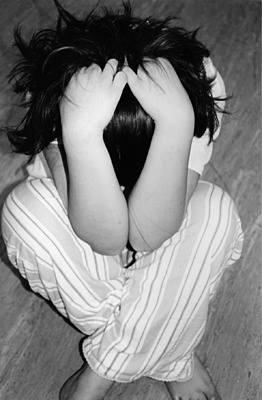All Nonfiction
- Bullying
- Books
- Academic
- Author Interviews
- Celebrity interviews
- College Articles
- College Essays
- Educator of the Year
- Heroes
- Interviews
- Memoir
- Personal Experience
- Sports
- Travel & Culture
All Opinions
- Bullying
- Current Events / Politics
- Discrimination
- Drugs / Alcohol / Smoking
- Entertainment / Celebrities
- Environment
- Love / Relationships
- Movies / Music / TV
- Pop Culture / Trends
- School / College
- Social Issues / Civics
- Spirituality / Religion
- Sports / Hobbies
All Hot Topics
- Bullying
- Community Service
- Environment
- Health
- Letters to the Editor
- Pride & Prejudice
- What Matters
- Back
Summer Guide
- Program Links
- Program Reviews
- Back
College Guide
- College Links
- College Reviews
- College Essays
- College Articles
- Back
Can a Work of Art Bring about a Change in the World?
The camera cuts to a middle aged man in a stereotypical Indian costume. As he walks through the barren wasteland that is our present, he leans towards the picturesque oil swamp and allows a single tear to roll down his cheek. However cheesy the “Crying Indian” seems to us now, he stood for environmental justice in the 1970s, bringing movements for DDT prevention and allowing attention to direct to objective masterpieces like Silent Spring. The nation-wide commercial inspired a new population of voters for campaigns like the Clean Air Act, Toxic Substance Control Act, and, eventually, the infamous Superfund Act of 1980. This figure ignited sparks in Americans and created a passion for something that is so easily overlooked. He is only one of the numerous examples of why and how art can change the world; art can be a powerful and often first look at an overt problem. Art can draw out the ugly and place it on display for humankind to analyze and decide… to change or not to change?
In the case of Mein Kampf, the audience decided in favor of changing -and to the lack of their knowledge- for the worse. Hitler’s moving arguments and tactical wording manipulated the minds of his readers into thinking of a world filled with perfect social hierarchy. There are very few people who would agree without persuasion that executing an entire ethnicity and enslaving many more would be an ideal situation for the future. In fact, after World War II, many families hid their Nazi ties, embarrassed with their association to a party that killed and maimed millions. Main Kampf was just that good. It didn’t matter what message Hitler was trying to convey, he could accumulate followers just from the quality of his writing and speeches.
Art may also be used to remind us of the intensity of a situation. Textbooks often tell factual, but under dramatized renditions of events like the Great Depression. Students can go through years of schooling without realizing the emotional aspects of suffering through economic turmoil. It’s almost impossible to see the statistical side of the depression after you’ve experienced Florence Owens Thompson and her seven children in the famous Migrant Mother photograph. It’s one of the most popular pictures from the time period, but it truly represents everything about a mother’s struggle to provide for her family while struggling to survive in a world with no opportunities for economic reconciliation. One picture rocked what was left of the nation and paved a way for relief efforts for farmers and economic political action.
Whether it's large scale or localized, for better or for worse, no one can deny that the works of these opportunists strike a chord with the public. The Indian that drew our eyes to the environment, the monster that manipulated many, and the mother that created an emotional connection prove that the phrase, “A picture is worth a thousand words” could be the greatest understatement of all time.

Similar Articles
JOIN THE DISCUSSION
This article has 0 comments.
